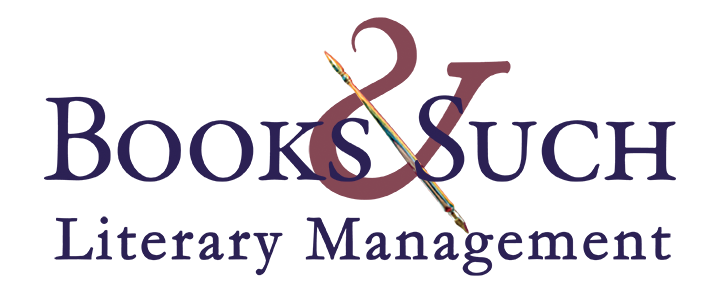A strong structure for your book sustains a reader’s interest. So today we’ll consider how to find your book’s structure.
Recently I was looking over the table of contents for a project one of my clients was creating. It seemed really complex, and I struggled to see why the ideas were strung together as they were. Then, in the middle of the manuscript, I saw a chapter in which the author shows that the problem being examined has roots in childhood. Ah-ha! That’s where the book needs to begin, I realized.
Once I made that determination, the book’s structure fell into place. A potential buyer need only look at the table of contents to understand how the concept would be explored.
The best choice for your book’s structure often is the obvious choice
Often the best structure, especially for a nonfiction book, is linear–start at the beginning and move forward. If you’re writing a personal story about a life-changing event, usually the best way to tell the story is from start to finish. Sometimes writers become caught up in wanting to structure their books with bells and whistles and special flourishes. But that can lead to gilding the lily. Just tell us the story well with a simple structure that has clean lines.
Avoid starting with backstory
Fiction, too, can be fraught with peril in where to begin. One of the most common problems with a novel is that it’s started in the wrong place–in material that is backstory. As I’ve pondered why writers make this mistake so regularly, I’ve concluded that the author is so caught up in what makes the character respond to the story’s major conflict, that the writer thinks the reader will want to know that info right up front. That way the protagonist will be sympathetic. But motivations should be woven in bit-by-bit, not handed to the reader by fistfuls at the outset. Draw us in through the conflict, not through motivations.
If your novel isn’t coming together as well as you had hoped, drop the first two chapters. Or even start in the middle of the novel rather than where you started it initially. Such drastic changes startle the brain into seeing the book differently. And changing the book’s structure this way often leads the writer to an a-ha moment.
What challenges do you face in figuring out your book’s structure?
Just for fun
Can you guess what books these opening lines are from? Why are they so readily definable?
“When he was nearly thirteen, my brother Jem got his arm badly broken at the elbow.”
“The village of Holcomb stands on the high wheat plains of Kansas, a lonesome area that other Kansans call ‘out there.'”


You can impose a structured story
on characters that you create,
an arc that leads them to God’s glory
from a pit of prideful hate,
highlighting the vital places
in the long narrative road
where angels and God’s simple graces
were introduced and thereby sowed.
But life does not work quite that way;
it has not, at least, for me.
It was process, not event or day
that at last I came to be
what I thought that I could not afford,
a follower of Christ the Lord.
The second first line is from Capote’s “In Cold Blood”. Haven’t yet read that book, but some of my wife’s family was from towns nearby Holcomb.
I thought that opener would stymie folks. But here you are, first in with the answer. Yup, apparently that area of Kansas is known for being “out there.”
Hmmm … structure challenges.
So, I have heard that I should start late and end early so often that I end up starting too far into the action. Then, I confuse the reader and end up getting the advice to add additional chapters at the beginning, ha! It does seem that every bit of sound advice can cause trouble for someone. I guess this is why we practice, right?
Maybe studying how other novelists who write in your genre start their books would help. Seems like your pendulum has been swinging too wide on each attempt. It’s such a careful balance…
Yep, that too! I try a little bit of everything until I like the results.
Thank you, dear Janet. These words of yours gave me an ah-ha moment: “Then, in the middle of the manuscript, I saw a chapter in which the author shows that the problem being examined has roots in childhood.”
Yes, so much of who we are and what we need stem from the desert places in our past.
I couldn’t guess the sources of those quotes. The first one piqued my curiosity. It’s always wise to cause readers to wonder why right away. Curiosity turns pages.
Blessings ~ Wendy Mac
Hooray for a-ha moments!
The first quote is from To Kill a Mockingbird; the second, as David Todd noted in his comment, is from Truman Capote’s In Cold Blood. Capote made narrative nonfiction a popular genre–he’s often crediting with developing that genre with his work on writing a real-world, compelling murder that took place in Kansas.
I have been told on so many occasions that I should start late and end early that it has caused me to begin my work well past the point where it should have begun. The reader is thus left perplexed, and I wind up receiving the recommendation that I start the book with further chapters (haha). It would appear that even the most helpful piece of guidance could get someone in hot water.
This book really very interesting to read, I don’t thing anyone when starting reading this book that never close after finish the last one page…
Some ideas also available in the status…